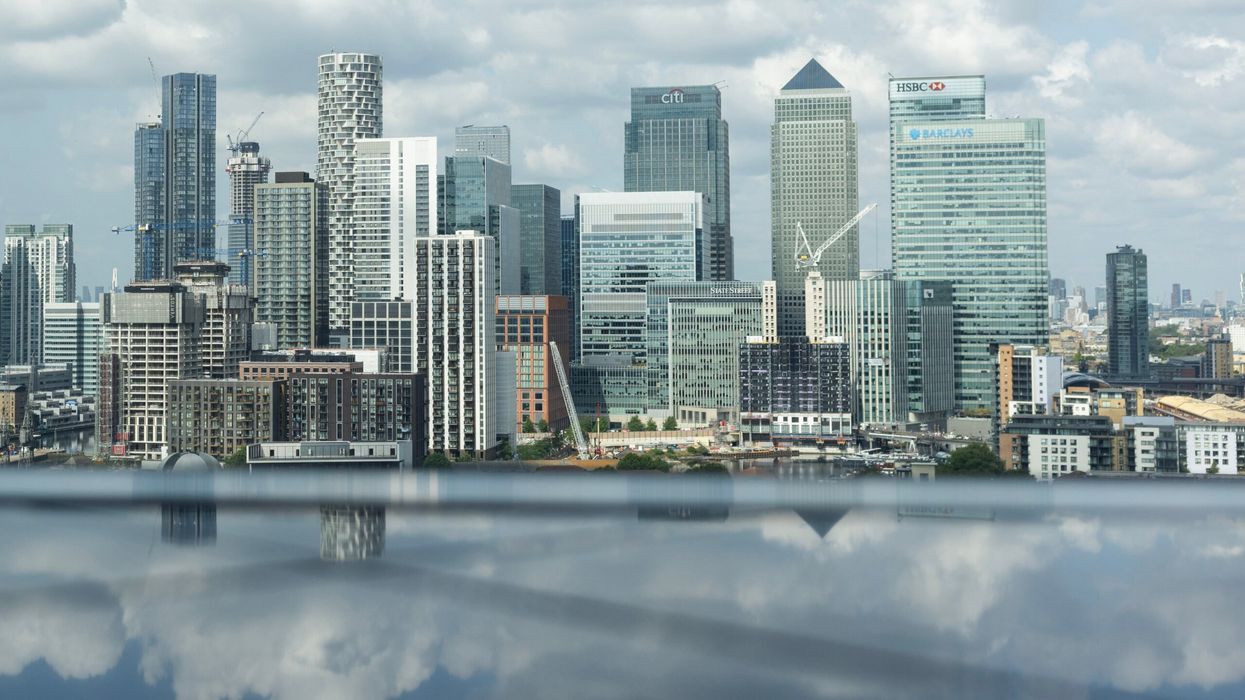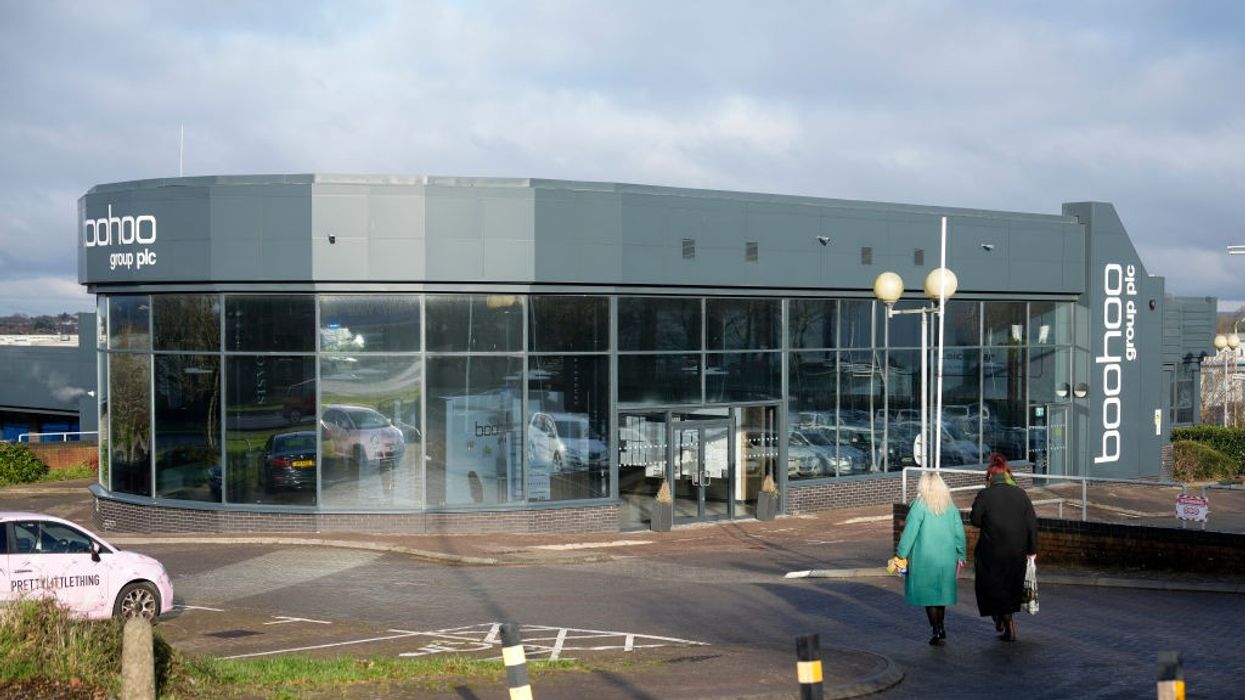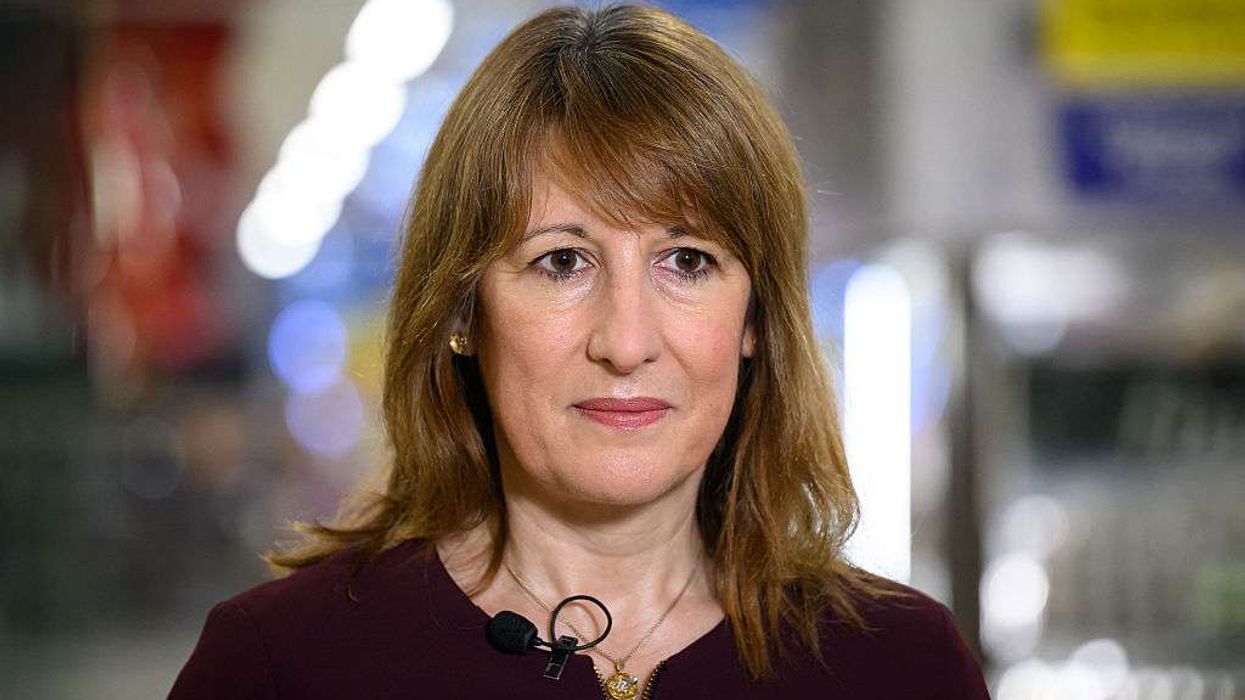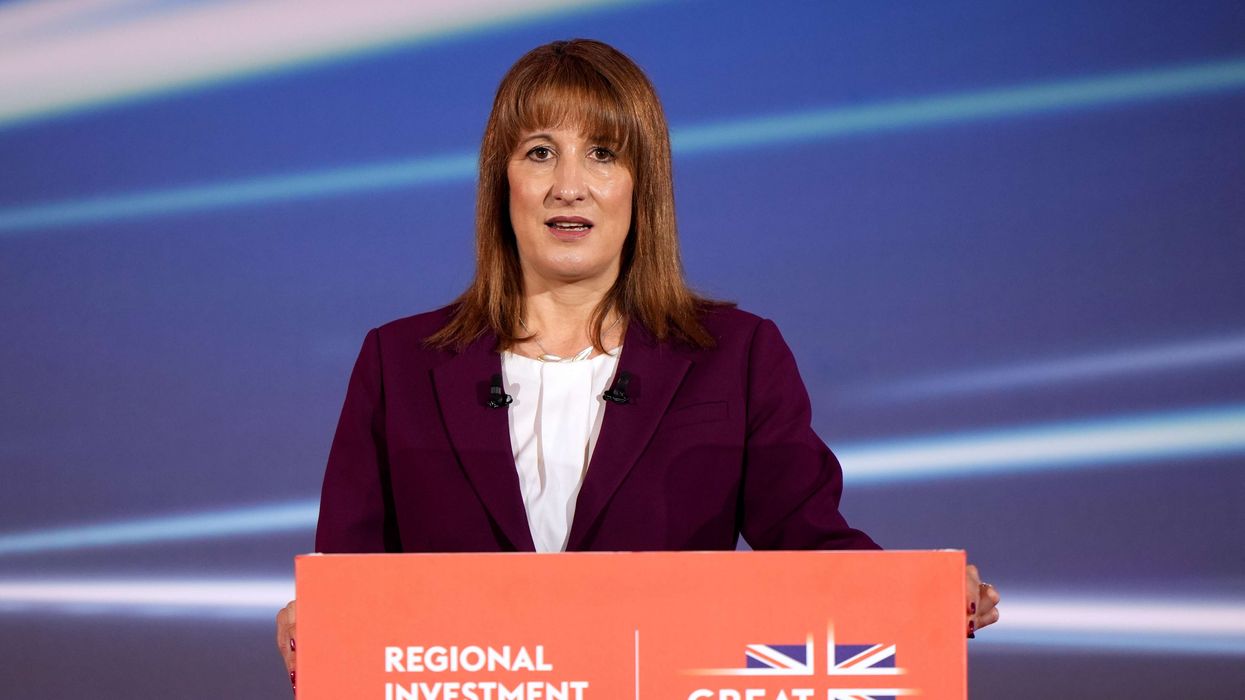BRITAIN's unemployment rate rose slightly to 4.7 per cent in the three months to the end of May, according to official data released on Thursday. This marks the highest level since June 2021, as businesses faced the impact of a UK tax increase and new US tariffs.
The figure is up from 4.6 per cent recorded in the February to April period, the Office for National Statistics (ONS) said in a statement.
The data covers the initial period following the Labour government’s first budget last October, which included a rise in business tax. It also includes the start of a 10 per cent baseline tariff imposed by US president Donald Trump in April on goods from the UK and other countries.
The ONS also reported a slowdown in average wage growth, which has reinforced expectations that the Bank of England may lower its key interest rate next month.
This comes despite separate official figures on Wednesday showing that inflation in the UK rose to an 18-month high in June.
“Slowing activity in the labour market, coupled with pay pressures easing, will likely prompt the Bank of England to lower interest rates next month,” said Yael Selfin, chief economist at KPMG UK.
“With domestic activity remaining sluggish, the... (BoE) will likely want to provide support via looser policy to prevent a more significant deterioration in the labour market,” Selfin added.
Earlier data showed that the UK economy contracted unexpectedly for a second consecutive month in May, increasing pressure on prime minister Keir Starmer and his government.














